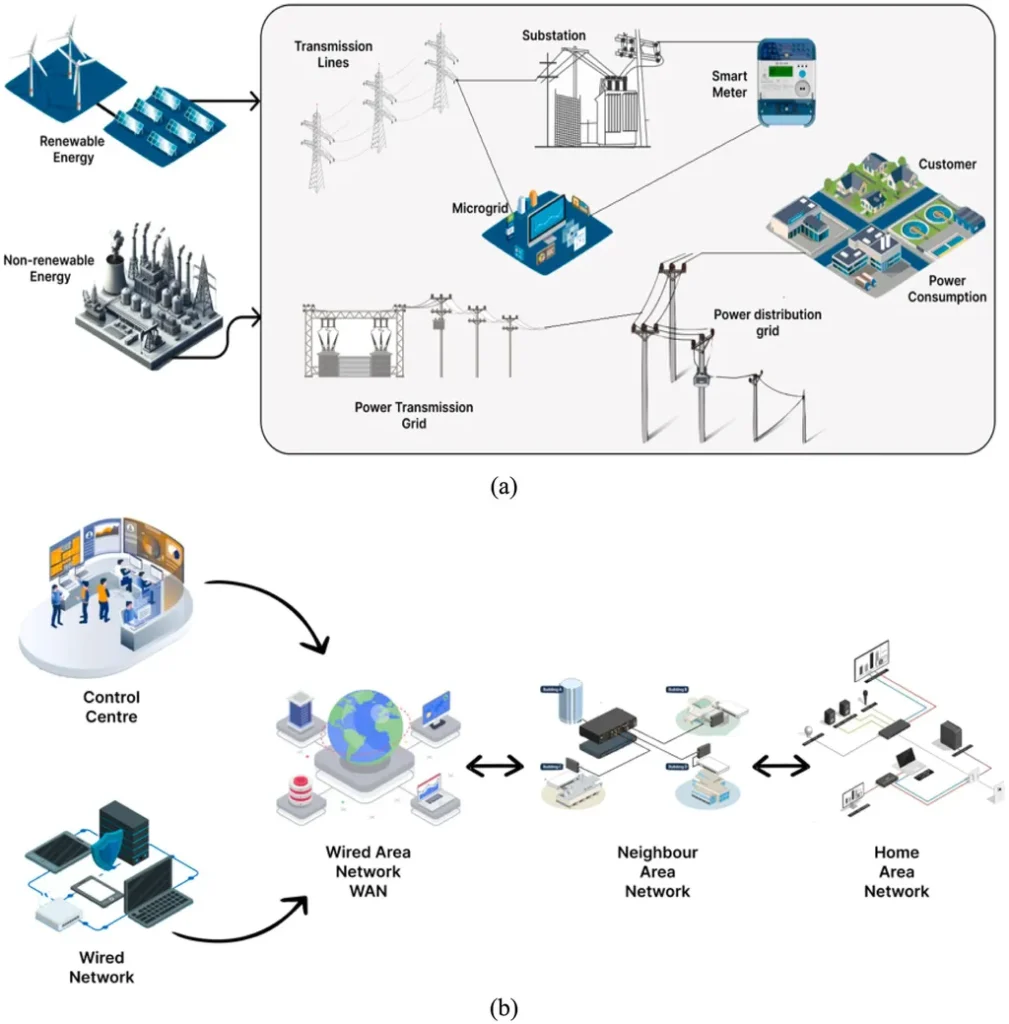In the rapidly evolving landscape of energy distribution, a groundbreaking study led by Yun Li from Shenzhen Power Supply Co., Ltd. is set to revolutionize how we manage dynamic operating envelopes (DOEs) in distribution networks. As distributed energy resources (DERs) like solar panels and wind turbines become increasingly common, the challenge of maintaining voltage stability within these networks has grown more complex. Li’s research, published in Energies, offers a novel solution that leverages advanced deep learning techniques to ensure the safe and efficient operation of distribution networks.
The integration of DERs has led to a significant increase in the simultaneous import and export of energy, often resulting in excessive voltage violations. Traditional methods for calculating DOEs rely on precise distribution network parameters, which are often difficult to obtain. This limitation has hindered the practical implementation of these methods, leaving energy providers in a bind. “The accuracy of network parameters is crucial for power-flow calculations, but acquiring this data can be a daunting task,” Li explains. “Our approach sidesteps this issue by using smart meter data, making it a more practical solution for real-world applications.”
At the heart of Li’s method is a sophisticated neural network model that combines convolutional neural networks (CNNs), long short-term memory networks (LSTMs), and an attention mechanism. This hybrid model is trained to estimate voltage levels with high accuracy, providing a dynamic and adaptable approach to managing DOEs. To fine-tune the model’s performance, Li employs the whale optimization algorithm (WOA), which automatically adjusts the neural network’s hyperparameters, ensuring optimal results.
One of the standout features of Li’s research is its emphasis on interpretability. By using the SHAP (SHapley Additive exPlanations) algorithm, the model’s predictions can be explained in a clear and understandable manner. This transparency is crucial for energy providers, as it allows them to identify the key factors influencing voltage levels and make informed decisions. “Interpretability is essential for building trust in AI-driven solutions,” Li notes. “By understanding how the model arrives at its predictions, energy providers can better manage their networks and ensure reliable service.”
The implications of this research are far-reaching. As the energy sector continues to embrace DERs, the ability to calculate DOEs accurately and efficiently will become increasingly important. Li’s method offers a scalable and adaptable solution that can be integrated into existing infrastructure, providing energy providers with a powerful tool for managing the complexities of modern distribution networks.
The study’s validation through simulations on the IEEE 33-bus distribution network model has demonstrated promising results, paving the way for future developments in the field. As more energy providers adopt this approach, we can expect to see improved voltage stability, reduced operational costs, and enhanced reliability in distribution networks. This research, published in Energies, which translates to ‘Energies’ in English, marks a significant step forward in the quest for a more sustainable and efficient energy future. The insights gained from this study will undoubtedly shape the future of energy distribution, driving innovation and improving the overall performance of distribution networks.

